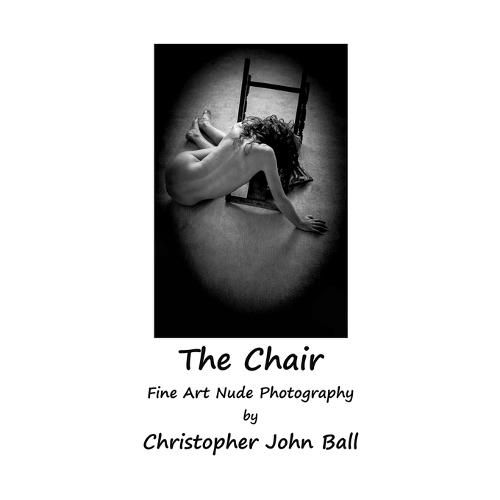Readings Newsletter
Become a Readings Member to make your shopping experience even easier.
Sign in or sign up for free!
You’re not far away from qualifying for FREE standard shipping within Australia
You’ve qualified for FREE standard shipping within Australia
The cart is loading…






This title is printed to order. This book may have been self-published. If so, we cannot guarantee the quality of the content. In the main most books will have gone through the editing process however some may not. We therefore suggest that you be aware of this before ordering this book. If in doubt check either the author or publisher’s details as we are unable to accept any returns unless they are faulty. Please contact us if you have any questions.
The nude and the chair have long been used by artists in a wide range of styles and periods, and their use continues to evolve and inspire new artistic interpretations. The chair can be used as a symbol or metaphor for human presence or absence, power dynamics, or social roles. In art, chairs can be used to suggest the presence of a person who has recently left the room or anticipation of return. In portraiture, chairs can be used to convey the sitter's social status or occupation. Chairs can be simple, functional or decorative but a chair not being used could be said to be a chair without purpose. The nude figure can be used to convey emotion or psychological states, such as vulnerability, sensuality, or power. It can be used to challenge or subvert dominant cultural norms, such as feminist, disability or queer critiques of the objectification, exclusion, idealisation and commercialisation of the human body. Continuing on within this tradition, Christopher John Ball has long been drawn to their use as subjects within his work. Simple chairs, ornate chairs, broken chairs, soft chairs, sofas, he enjoys making images that combine both the chair and the human figure. Christopher will often use a 'broken chair', or will remove part of the chair, so that the model can engage with its interior or framework. He will play with the parallels and similarities of the pieces that make up a chair and the human frame. The chairs within his photographs are intended to have character and it is the interaction between model and chair that is of importance within the final images. The 130+ monochrome photographs within this monograph were made between 1992 and 2010, in various locations within London, using a variety of film equipment including TLR, pin-hole, Holga, Diana and various vintage cameras. Christopher will also often manipulate, cut and paste, scratch and bleach negatives to create a distressed aesthetic. "...sensual nudes that pay homage to the female form in a manner that is both graceful and elegant. Very rarely do we come across a portfolio that strikes us so deeply..." - The New Nude Magazine.
$9.00 standard shipping within Australia
FREE standard shipping within Australia for orders over $100.00
Express & International shipping calculated at checkout
This title is printed to order. This book may have been self-published. If so, we cannot guarantee the quality of the content. In the main most books will have gone through the editing process however some may not. We therefore suggest that you be aware of this before ordering this book. If in doubt check either the author or publisher’s details as we are unable to accept any returns unless they are faulty. Please contact us if you have any questions.
The nude and the chair have long been used by artists in a wide range of styles and periods, and their use continues to evolve and inspire new artistic interpretations. The chair can be used as a symbol or metaphor for human presence or absence, power dynamics, or social roles. In art, chairs can be used to suggest the presence of a person who has recently left the room or anticipation of return. In portraiture, chairs can be used to convey the sitter's social status or occupation. Chairs can be simple, functional or decorative but a chair not being used could be said to be a chair without purpose. The nude figure can be used to convey emotion or psychological states, such as vulnerability, sensuality, or power. It can be used to challenge or subvert dominant cultural norms, such as feminist, disability or queer critiques of the objectification, exclusion, idealisation and commercialisation of the human body. Continuing on within this tradition, Christopher John Ball has long been drawn to their use as subjects within his work. Simple chairs, ornate chairs, broken chairs, soft chairs, sofas, he enjoys making images that combine both the chair and the human figure. Christopher will often use a 'broken chair', or will remove part of the chair, so that the model can engage with its interior or framework. He will play with the parallels and similarities of the pieces that make up a chair and the human frame. The chairs within his photographs are intended to have character and it is the interaction between model and chair that is of importance within the final images. The 130+ monochrome photographs within this monograph were made between 1992 and 2010, in various locations within London, using a variety of film equipment including TLR, pin-hole, Holga, Diana and various vintage cameras. Christopher will also often manipulate, cut and paste, scratch and bleach negatives to create a distressed aesthetic. "...sensual nudes that pay homage to the female form in a manner that is both graceful and elegant. Very rarely do we come across a portfolio that strikes us so deeply..." - The New Nude Magazine.